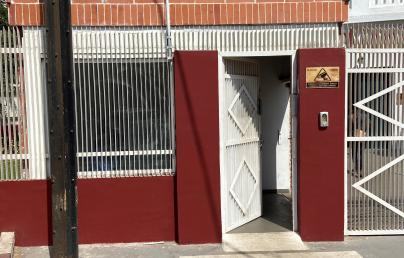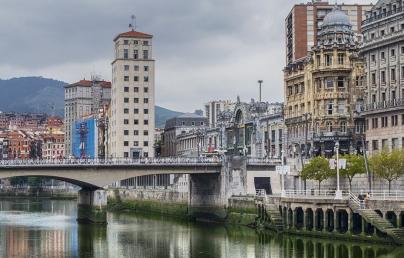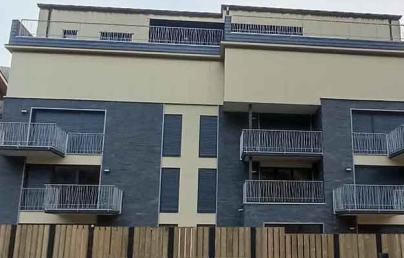The new "Antonio Brancati" middle school

The new "Antonio Brancati" middle school
This building was awarded the Energy & Temperate Climates Prize at the international level and a mention for the Sustainable Construction Grand Prize at the national level of the Green Solutions Awards 2020-21.
The new secondary school “Antonio Brancati” in Pesaro (Italy) got three first:
- The highest scoring “Schools” energy environmental certification in Europe;
- The third highest scoring “Schools” energy environmental certification in the world out of 1,733 certifications in LEED system;
- The highest scoring v4 “Schools” certification in the world.
This is a new school built on an abandoned urban area and it has a very important role also in terms of social sustainability, not only as an excellent green building.
Since the beginning, the decision of the municipality was made to reuse the site for a school with zero land consumption by redeveloping the abandoned urban area, and replacing three old army barracks built in 1950 with the new middle-school. This school building excellence is the result of the ambitious commitment of Pesaro municipality to preserve the environment and tackle climate change. The City of Pesaro has refocused the mandate of local construction on efficiency, sustainability, and responsibility.
In 2017, the City of Pesaro launched a pilot project with the aim of encouraging a holistic approach towards circular economy principles to ensure the building design responds to environmental protection, health and well-being and other social considerations.
The project is successful because it achieves the goal of a building that is extraordinary in every sustainable LEED evaluation area and the records achieved are the confirmation of this. The tendering process can be replicated by other municipalities to obtain not only energy efficiency buildings but above all to reduce the buildings’ carbon footprint.
This project provides the first concrete example in mainstreaming circular practices in public procurement. The innovativeness of this project is to take into practice circular principles within the public procurement and ensure that the procedure runs efficiently and obtains the expected results based on environmental and social requirements. This project also demonstrates that the Green Public Procurement process where environmental requirements are made mandatory within the tendering process using predetermined award criteria is essential for delivering environmental social value, influencing the market towards sustainable materials and products, improving new skills on green jobs.
School requirements achieved:
Low impact school:
- construction and demolition waste management, and also waste management during the construction phase;
- zero land consumption;
- EPD material labelling.
Waste management:
During all the process 556,630 kg of waste were created and thanks to all material flows monitored 546,378 kg was recycled and recovered achieving a 98% recovered waste. The school is also equipped with separate collection bins for paper, metal, plastic and glass.
Architectural design:
The shape and position of the building was studied and orientated to best exploit solar radiation and optimize the free solar gains and natural lighting and shading;
Due to the mooth tone-in-tone colours of the facade, the building is harmonious within the context creating a friendly new space for all the citizens.
Labeling:
LEED Platinum with 88 points – nZEB standard
Comfort for all:
- Remote and customized temperature
- both natural and artificial light control
- high acoustic performance obtained to create the best environment for learning and teaching
- parking for bicycles, electric charging stations for cars
- indoor air quality by mechanical filtered ventilation climate system with a CO2 monitoring able to guarantee higher levels of indoor air quality with the air exchange of 5 volumes per hour
- natural ventilation thanks to opening in the upper window sections
Indoor air quality:
Mechanical filtered ventilation climate system with a CO2 monitoring able to guarantee higher levels of indoor air quality with the air exchange of 5 volumes per hour.
Read more details here.


